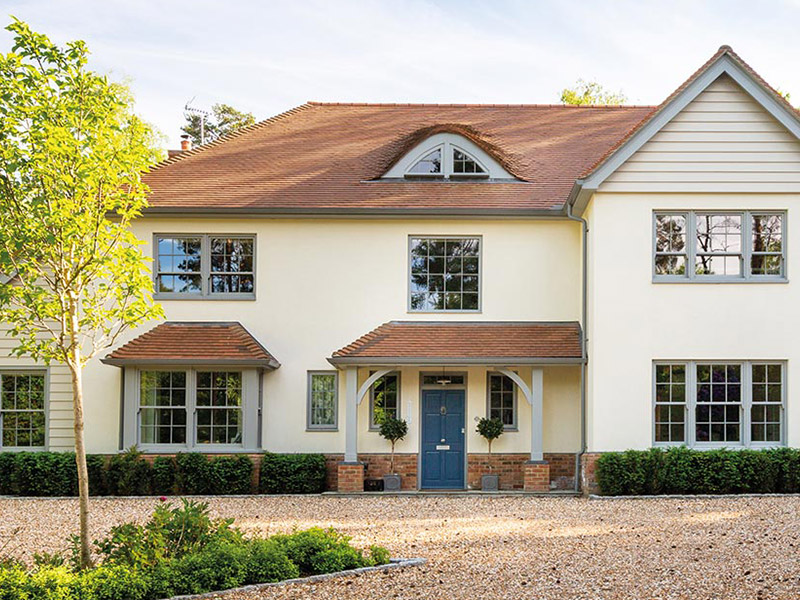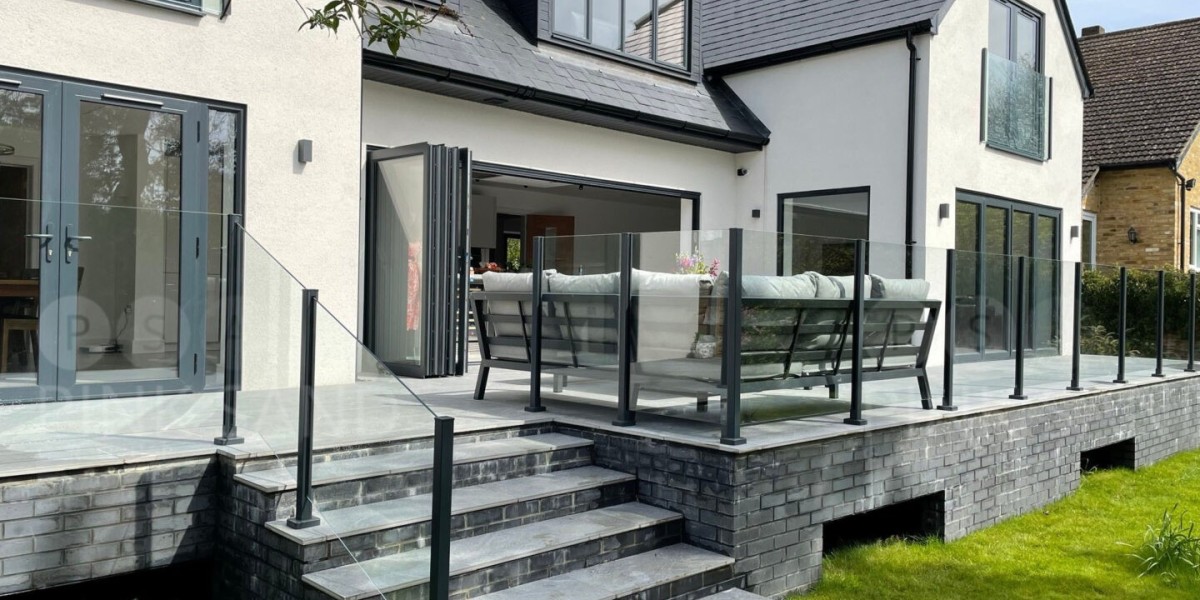Window installation is a critical aspect of building construction and renovation that significantly impacts energy efficiency, aesthetics, and overall comfort within residential and commercial spaces. As technology advances and building codes evolve, the methods and materials used in window installation have also undergone significant changes. This article explores the latest innovations, best practices, and considerations for effective window installation.
Understanding Window Types and Materials
Before delving into installation techniques, it is essential to understand the various types of windows available. Common window types include:

- Double-Hung Windows: Featuring two operable sashes that slide vertically, these windows are popular for their versatility and ease of cleaning.
- Casement Windows: Hinged at the side, casement windows open outward, providing excellent ventilation and unobstructed views.
- Awning Windows: Similar to casement windows but hinged at the top, these windows can be opened even during rain, allowing for ventilation without water intrusion.
- Sliding Windows: These windows slide horizontally and are ideal for spaces with limited vertical clearance.
- Picture Windows: Fixed windows that do not open, picture windows provide expansive views and natural light.
- Vinyl: Known for its durability and low maintenance, vinyl frames are energy-efficient and available in various colors.
- Wood: Offering natural beauty and excellent insulation, wood frames require regular maintenance to prevent rot and warping.
- Aluminum: Lightweight and strong, aluminum frames are often used in commercial buildings but can conduct heat, making thermal breaks essential for energy efficiency.
- Fiberglass: Highly durable and energy-efficient, fiberglass frames can mimic the appearance of wood without the associated maintenance.
Preparing for Installation
Proper preparation is vital for successful window installation. Here are the key steps to consider:
- Assessment of Existing Windows: Before installation, assess the condition of existing windows and frames. Look for signs of rot, water damage, or structural issues that may affect the new installation.
- Measuring: Accurate measurements are crucial. Measure the width and height of the window opening at multiple points to ensure a precise fit. It is essential to account for any irregularities in the wall structure.
- Choosing the Right Windows: Select windows that meet the specific needs of the building, considering factors such as energy efficiency ratings, local climate, and aesthetic preferences.
Installation Process
The installation process can vary based on the type of window and the specific conditions of the installation site. However, the following general steps provide a framework for effective window installation:
- Remove Existing Windows: Carefully remove the old window, taking care not to damage the surrounding structure. This may involve removing trim, sashes, and any caulking or insulation.
- Prepare the Opening: Clean the window opening and inspect it for any damage. Repair or replace any damaged framing or sheathing before proceeding.
- Install a Weather Barrier: Apply a weather barrier, such as house wrap or flashing tape, around the window opening to prevent moisture intrusion.
- Position the New Window: Place the new window into the opening, ensuring it is level and plumb. Shims may be necessary to achieve the correct positioning.
- Secure the Window: Fasten the window according to the manufacturer’s instructions, typically using screws or nails. Ensure that the window is securely anchored to the framing.
- Insulate and Seal: Fill any gaps between the window frame and the rough opening with insulation, such as spray foam or fiberglass, to enhance energy efficiency. Apply caulk around the exterior perimeter to create a watertight seal.
- Install Trim and Finishing Touches: Reinstall or replace interior and exterior trim as needed. Ensure that all finishing touches are aesthetically pleasing and match the overall design of the building.
Innovations in Window Installation
Recent advancements in window technology and installation techniques have significantly improved performance and ease of installation. Some notable innovations include:

- Pre-assembled Window Units: Manufacturers are increasingly offering pre-assembled window units that simplify installation. These units often come with integrated flashing and insulation, reducing the time and labor required for installation.
- Smart Windows: Smart window technology, including electrochromic glass, allows windows to change their tint in response to sunlight, enhancing energy efficiency and comfort.
- Advanced Insulation Materials: New insulation materials, such as vacuum-insulated panels, provide superior thermal performance, helping to reduce energy costs.
- Modular Construction: The rise of modular construction techniques has led to the development of windows designed specifically for prefabricated buildings, streamlining the installation process.
Best Practices for Energy Efficiency
To maximize the energy efficiency of window installations, consider the following best practices:
- Select Energy Star-rated Windows: Look for windows that meet Energy Star criteria, which indicate superior energy performance.
- Consider Low-E Coatings: Low-emissivity (Low-E) coatings reflect infrared light, keeping heat inside during winter and outside during summer, thus enhancing energy efficiency.
- Opt for Triple Glazing: In extreme climates, triple-glazed windows provide superior insulation compared to double-glazed options, reducing heating and cooling costs.
- Ensure Proper Sealing: Pay careful attention to sealing and insulation during installation. Air leaks can significantly reduce a window's energy efficiency.
Conclusion
Window installation is a complex process that requires careful planning, knowledge of materials, and attention to detail. By understanding the various types of windows, following best practices, and embracing innovations in the field, builders and homeowners can achieve optimal performance and energy efficiency. As the demand for sustainable and energy-efficient buildings continues to grow, the importance of proper window installation will only increase, making it a critical area of focus for the construction industry.







